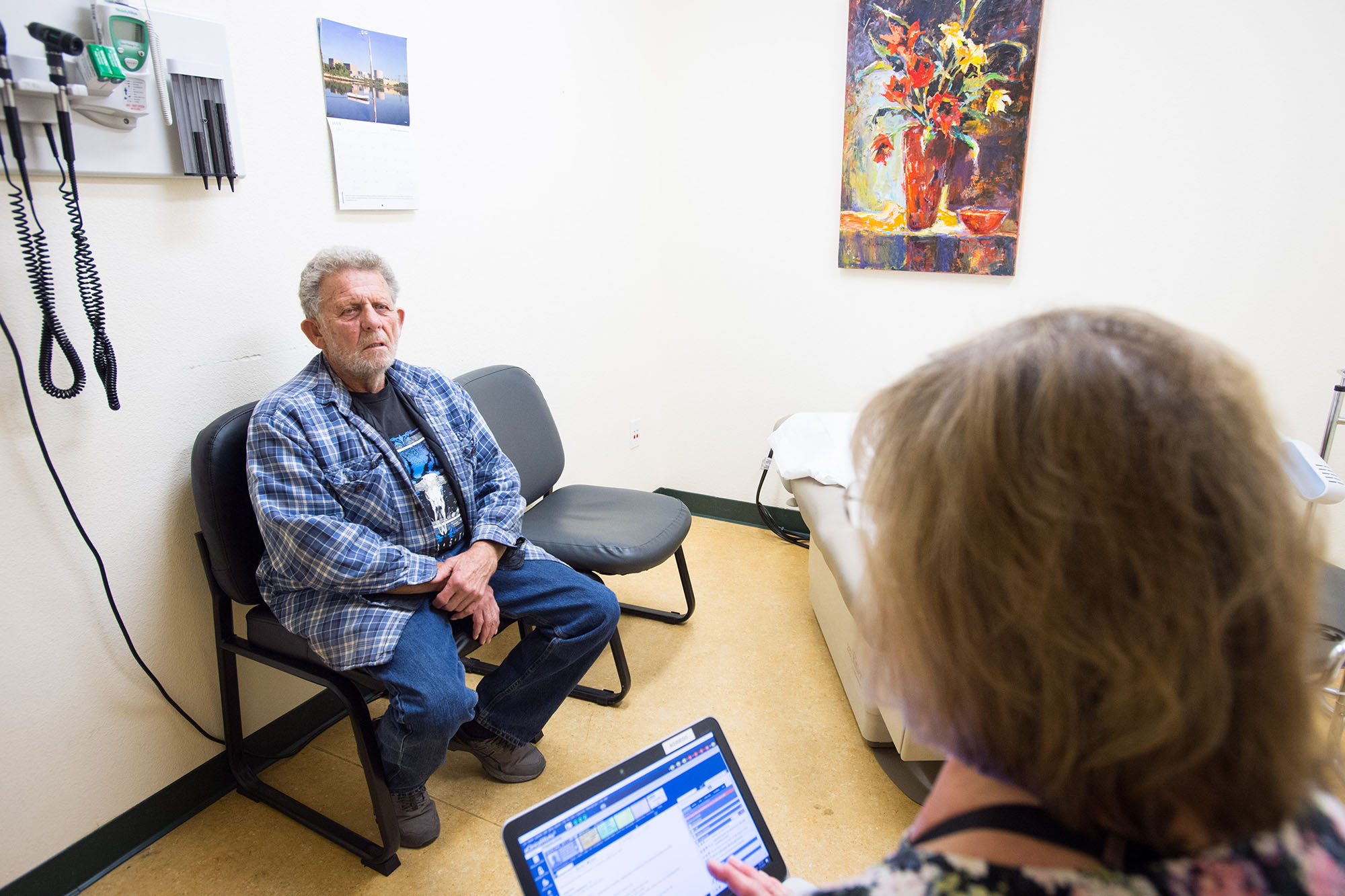View the Report
Jump to All Downloads & LinksUnder the Affordable Care Act (ACA) California has now covered 93% of our adult population — a record high. Federal ACA subsidies through Covered California have made coverage more affordable for hundreds of thousands of Californians. The ACA further protected consumers’ finances by requiring insurers to pay a minimum level of medical expenses and by outlawing annual and lifetime caps on what insurers pay for care. However, 1.2 million Californians are eligible to purchase coverage on Covered California but remain uninsured, mainly because of cost.
Older Californians who aren’t covered by an employer or by Medi-Cal or Medicare, and who earn just above the maximum income to qualify for federal ACA subsidies (400% of the federal poverty level [FPL] — approximately $48,000 for an individual, $65,000 for a couple), may find it especially challenging to find affordable plans. For example, to purchase the lowest-cost bronze plan on Covered California:
- A 55-year-old single consumer earning $48,361 (401% FPL) would spend between 10% and 15% of her income on premiums, depending on where she lived.
- A 55-year-old married couple earning $65, 122 (401% FPL for a family of two) would pay between 15% and 22% of their income on premiums.
As consumers age, premiums increase:
- A 64-year-old earning $48,361 would pay between 13% and 20% of his income on premiums.
- A 64-year-old married couple earning $65,122 would pay between 20% and 30% of their income on premiums.
Explore the premium data from your region below. The data file is also available for download under Related Materials.
In addition, bronze plans come with a $6,300 deductible for individual policies and a $12,600 deductible for family policies. In an important innovation by Covered California, three primary care visits (with copays) are included with a bronze plan before a consumer has to start paying toward the deductible. After that, consumers face potentially high additional out-of-pocket costs if they require a lot of medical care — costs that moderate-income Californians are likely to struggle to afford.
What Is Affordable?
While there are different definitions for what constitutes “affordable” health coverage, one standard from the ACA is that “affordable” premiums cost no more than 8.16% of income. However, this data show that for older Californians earning just above the maximum to qualify for federal ACA subsidies, even the least expensive bronze plan on Covered California rarely met this affordability standard in 2018.
Why Older, Moderate-Income Californians Are Particularly Vulnerable
While the ACA limited the ability of insurers to charge more based on age, they can still charge older consumers as much as three times more than younger consumers. Those who earn too much to qualify for federal ACA subsidies get no assistance paying for premiums and no protection from rising premiums over time. And the eligibility levels for premium subsidies are set nationally, not taking into account the high cost of living in many California regions. Many moderate-income Californians may face financial pressures, like high housing costs, that further strain their ability to afford health care — and that people earning a comparable income in other states don’t face.
Policy Options
California is considering a variety of policy options to help cover those who still live without coverage. One proposal that could help older, moderate-income Californians calls for using state funds to provide subsidies to those who earn too much for federal ACA subsidies.
For a broad overview of policy options to address affordability on California’s individual market, see this report by the UC Berkeley Center for Labor Research and Education.




